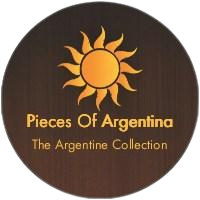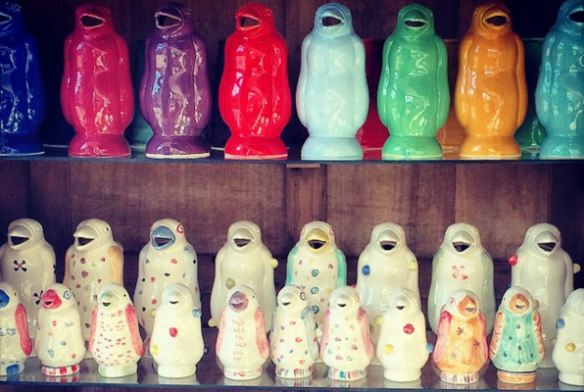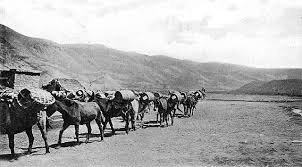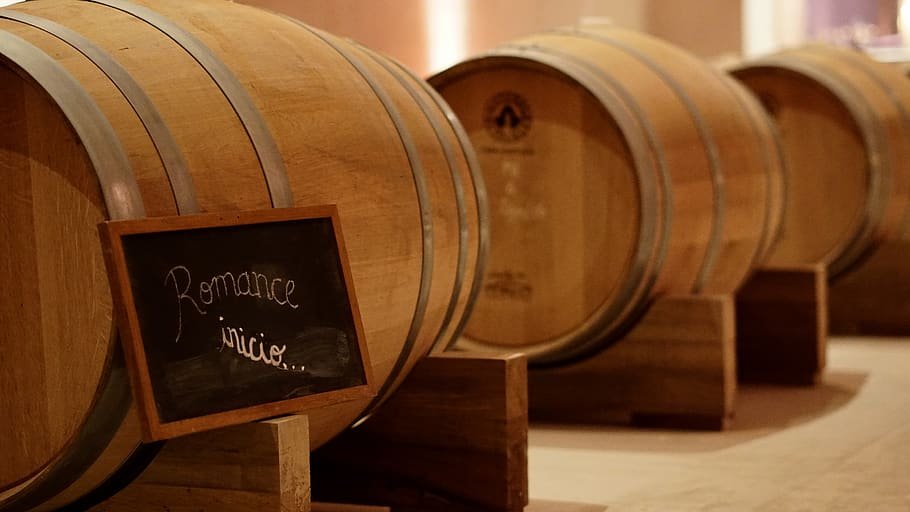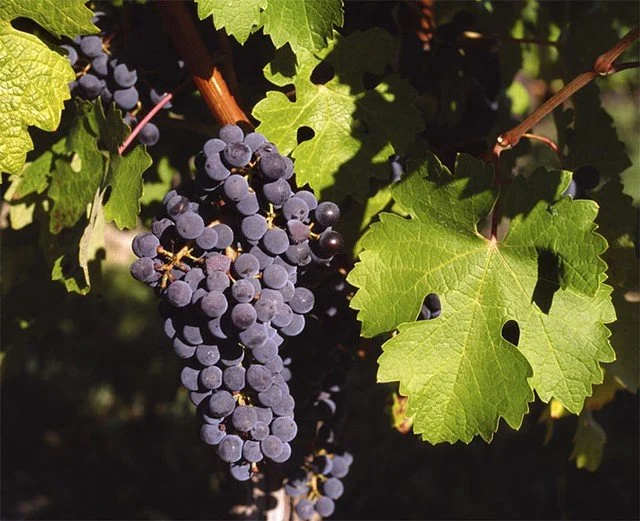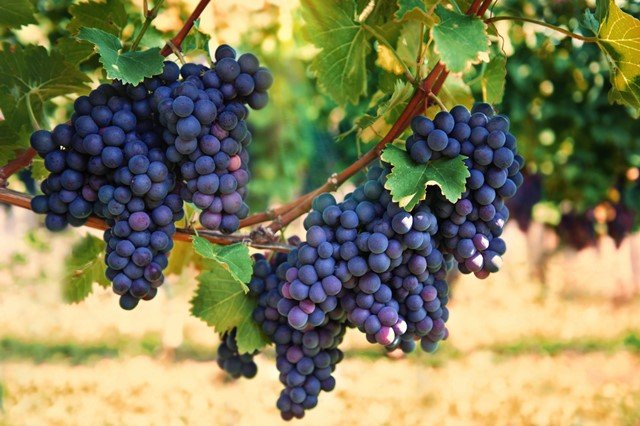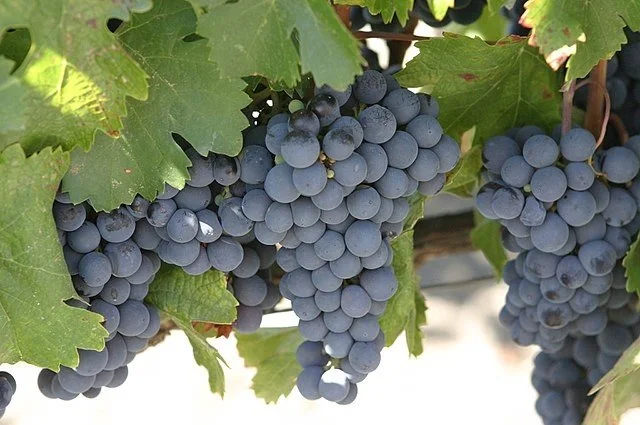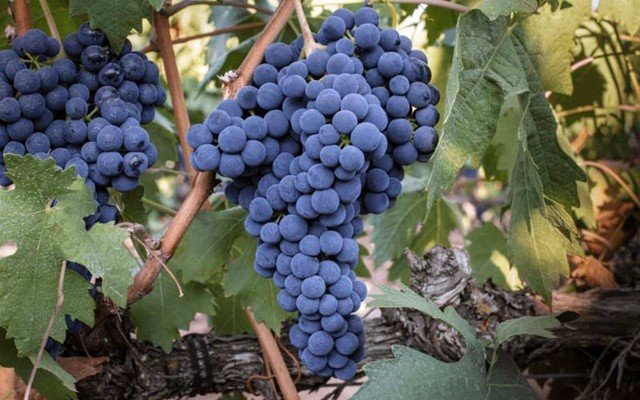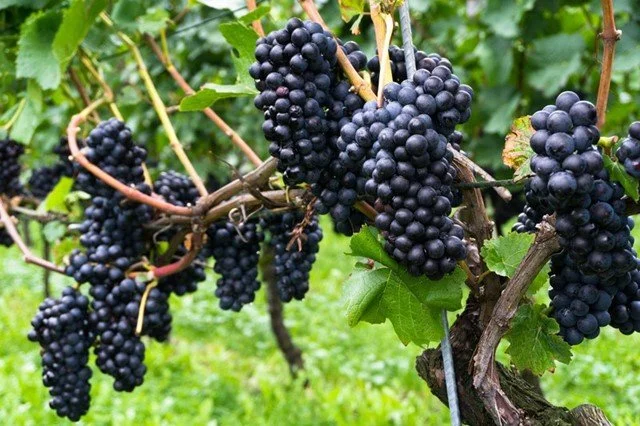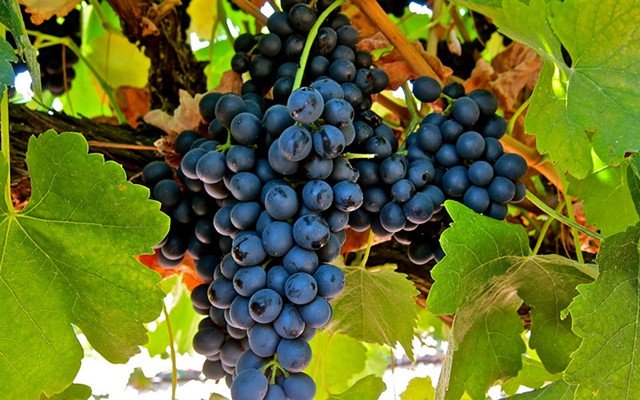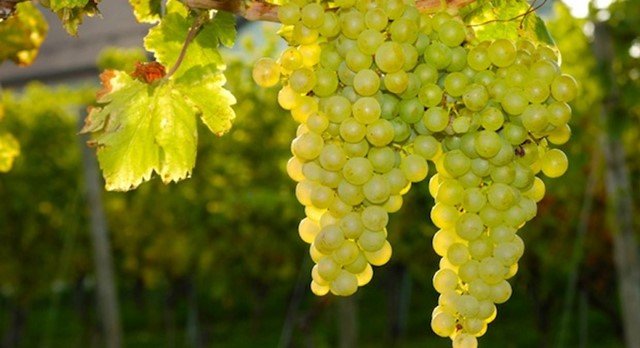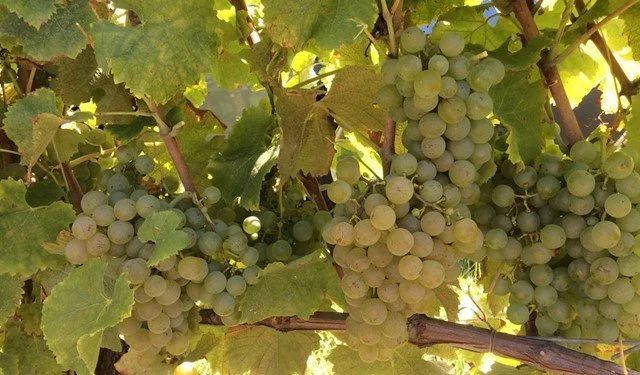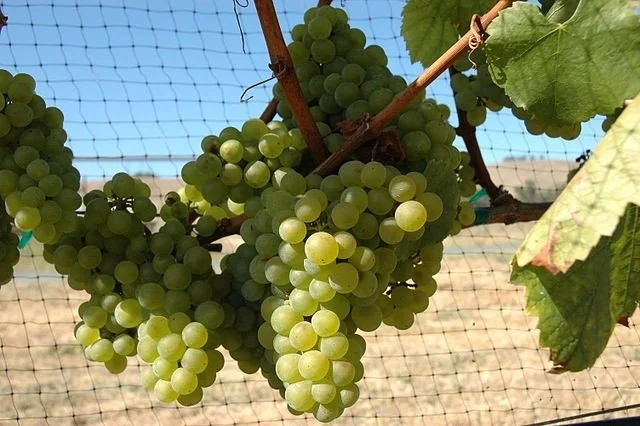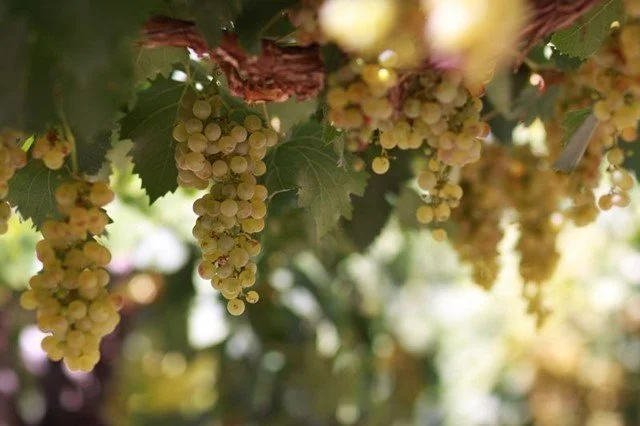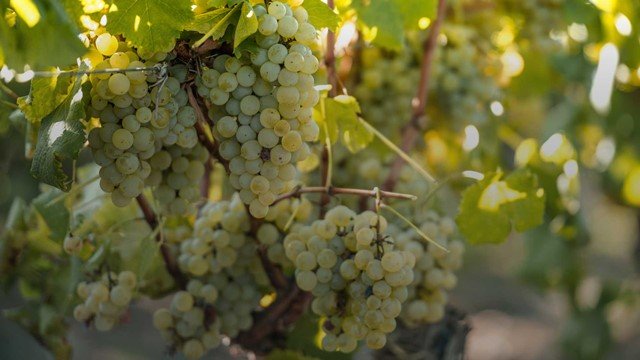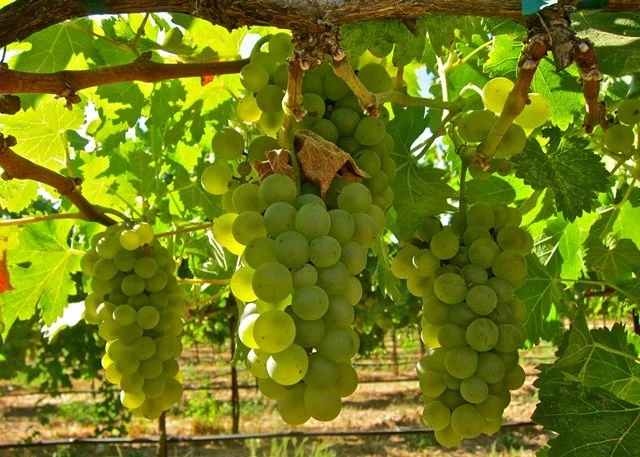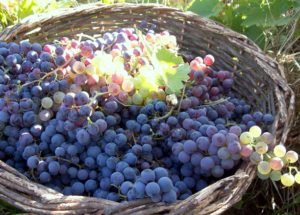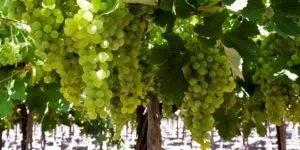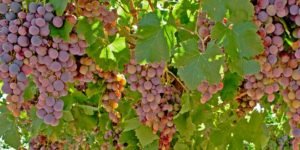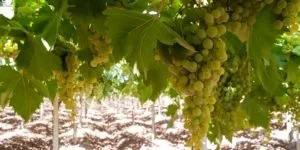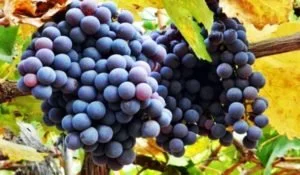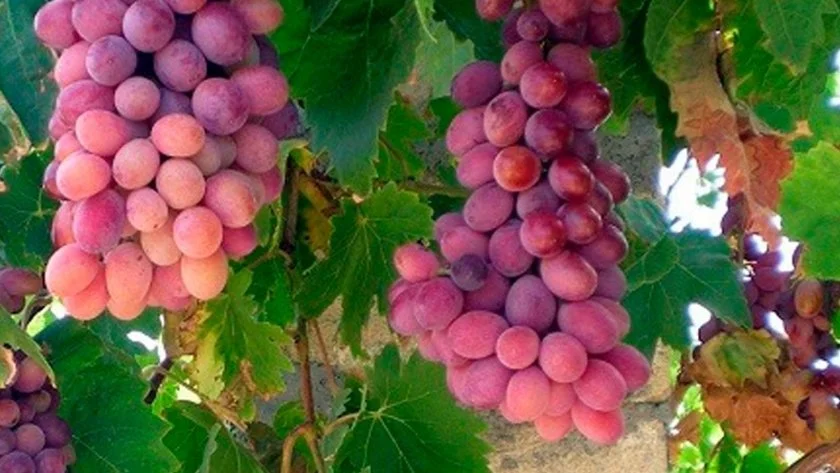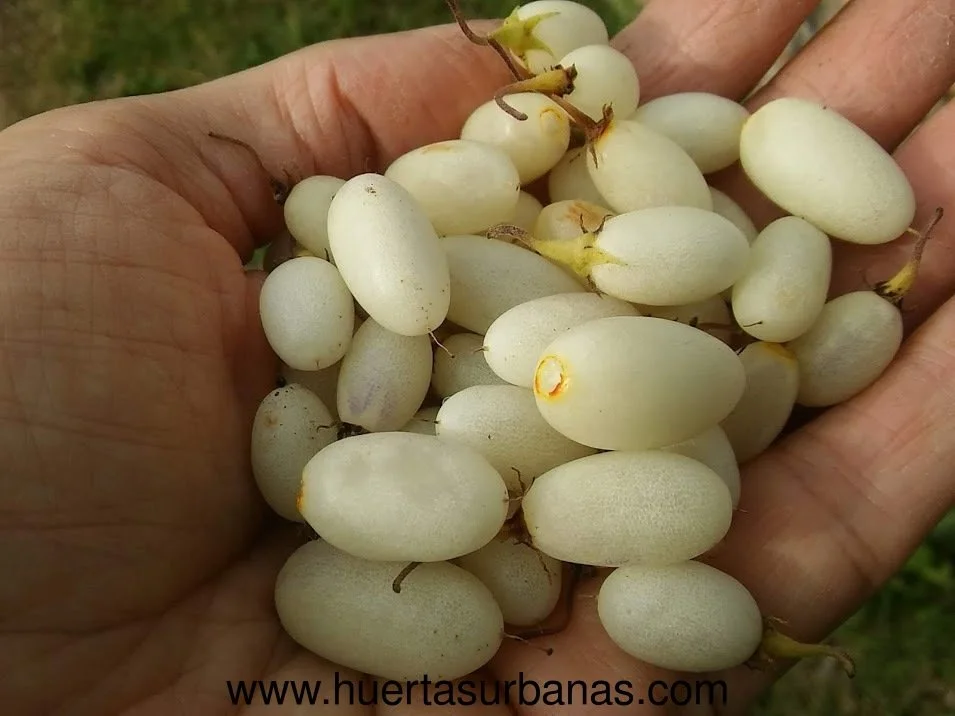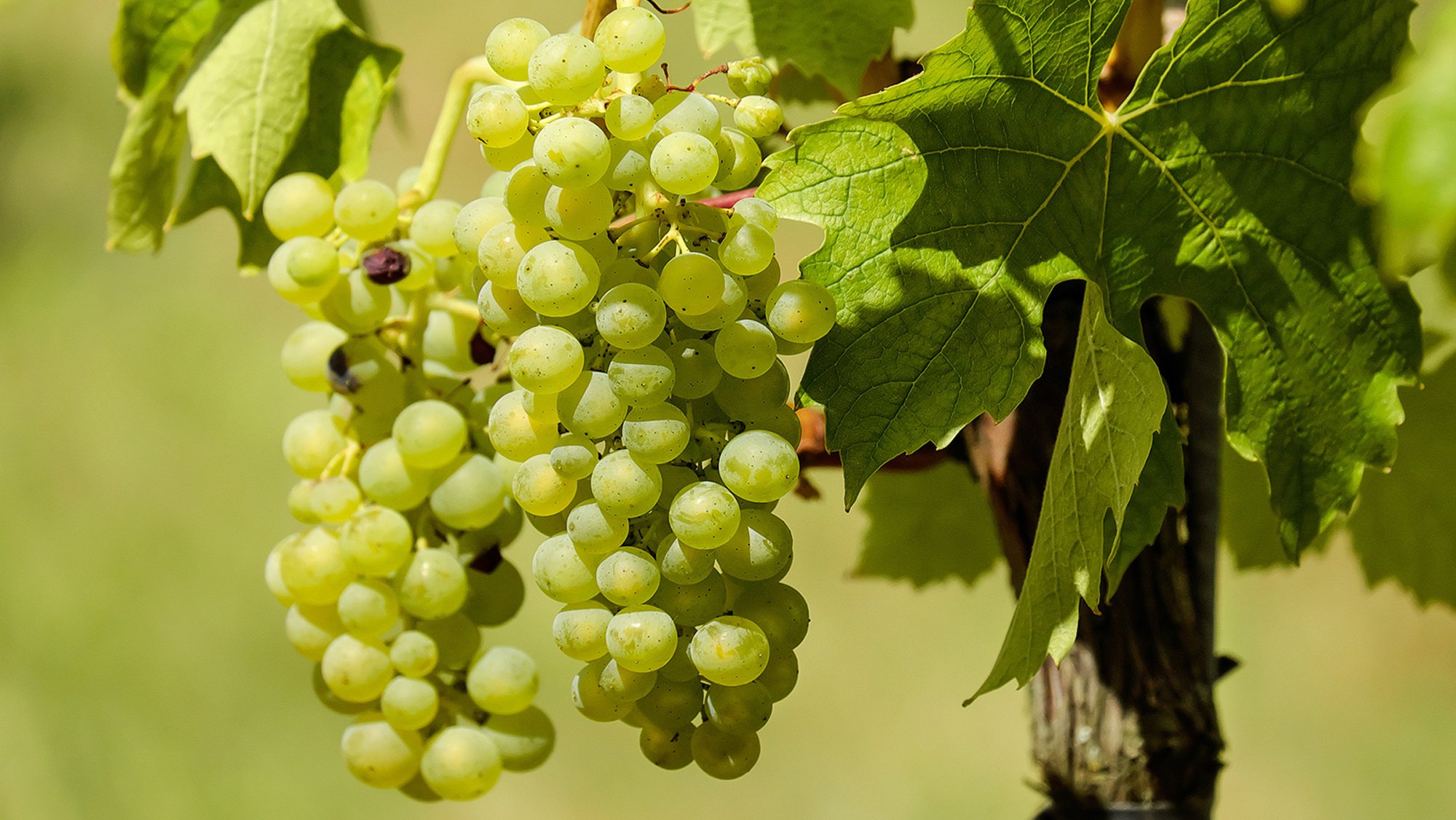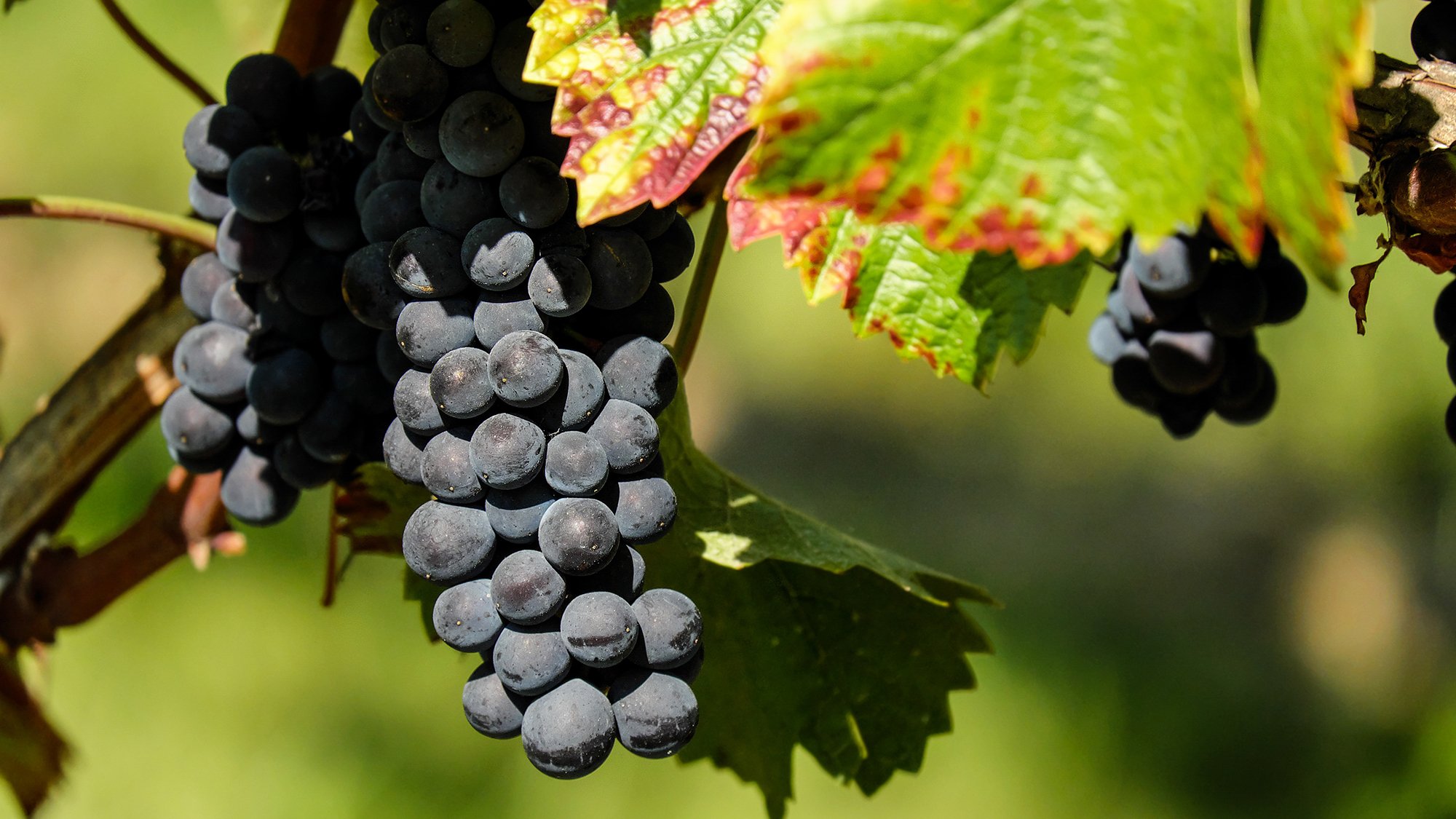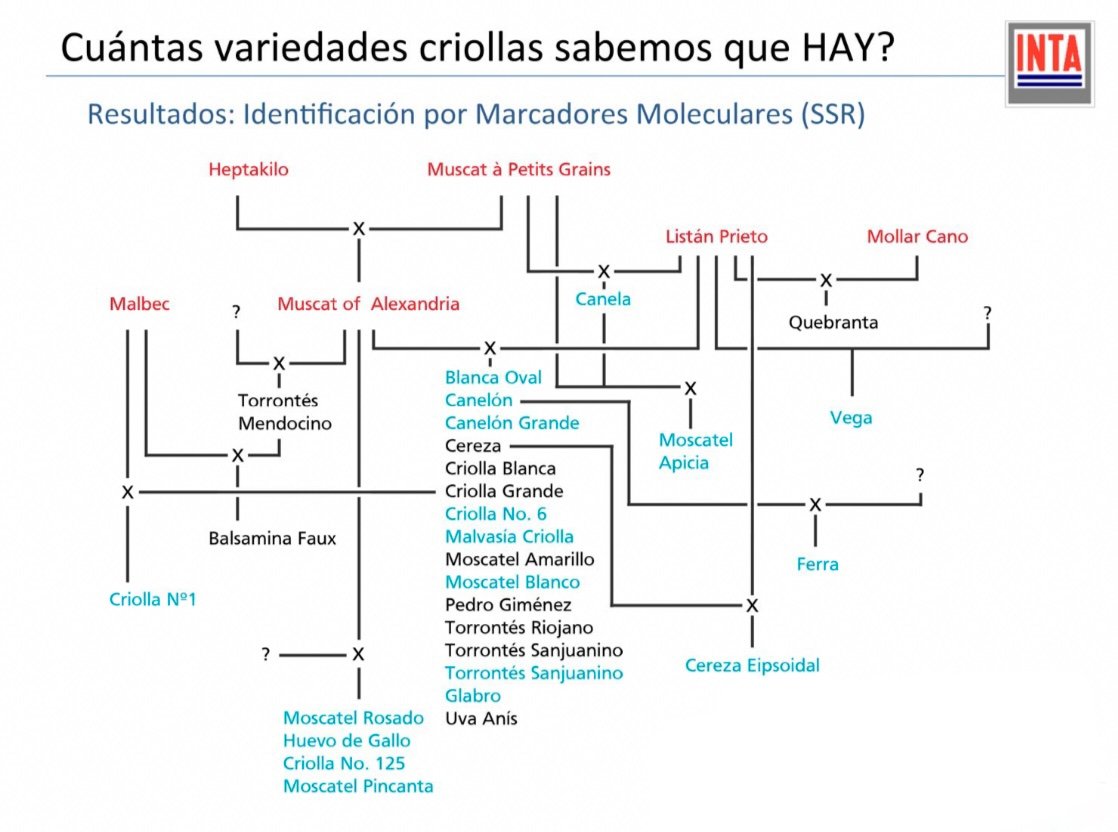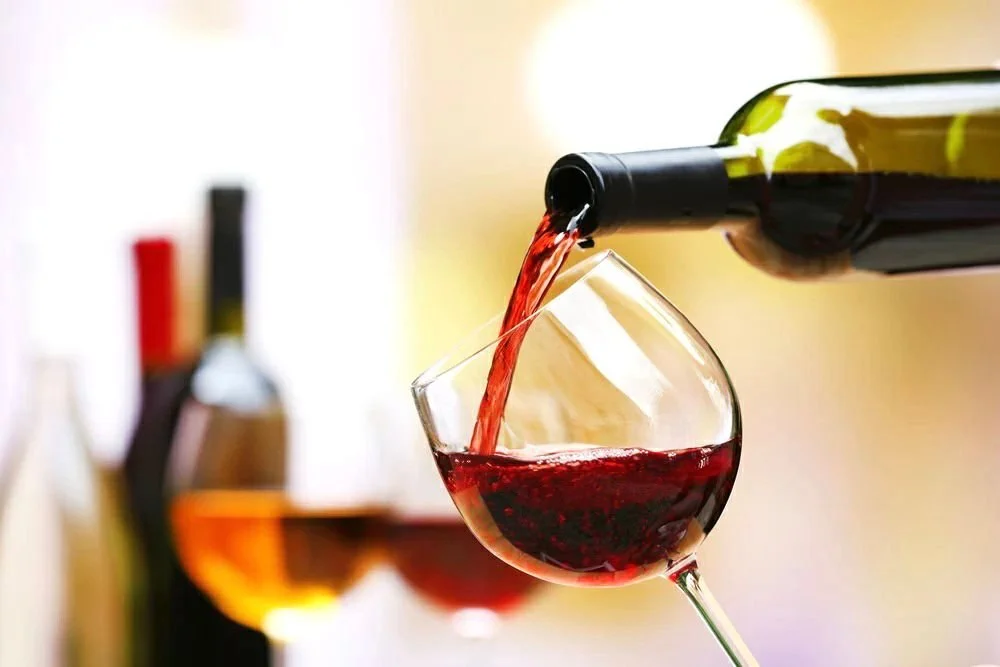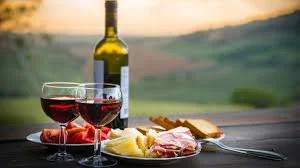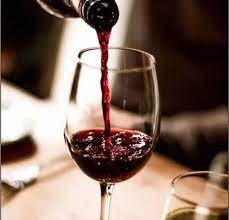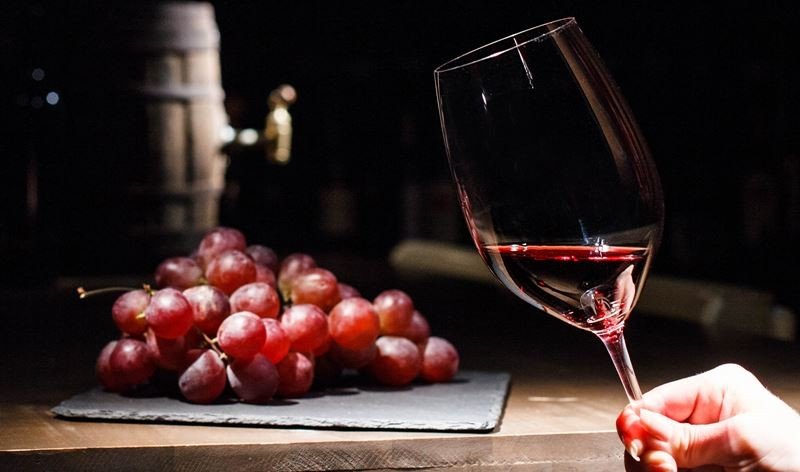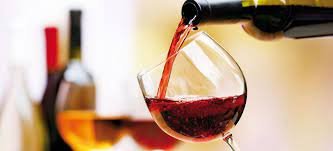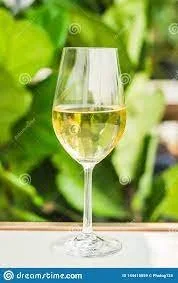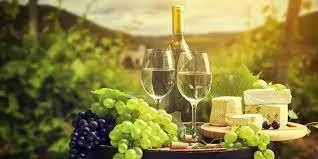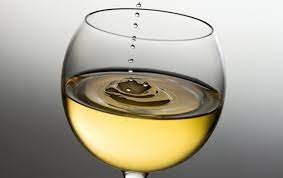ARGENTINA, A LAND BLESSED BY GOD, DIONYSUS AND BACO
Wine, together with mate, is Argentina's national drink. They are so important in the lives of Argentines that they have a day to pay tribute to them. Wine is present at the Argentinean table, whether accompanying barbecues, empanadas, humitas en chala or stews. Next 24th of November don't forget to celebrate the day of this drink of the gods.
In Argentina you can find wines of all prices, allowing you to repeat the ritual of sitting at the table and sharing either the Sunday asado or pasta (inherited from our Italian immigrants) or enjoying a football match. Like mate, wino brings family and friends together and, for Argentines, there is never a shortage of reasons to get together.
Before the wine boom, it was common for wineries to sell their wines to groceries and bars in large containers, which meant that they had to be split into jugs. In the 80's, it was very common to find ceramic jugs in the shape of a penguin on Argentinean tables.
FIVE CENTURIES OF HISTORY
Argentine viticulture dates back to the middle of the 16th century, from the Spanish Moscatel and Uva País grape varieties. Production began in Santiago del Estero. At the beginning, the main purpose of the production was to ensure wine for the celebration of the catholic mass. The Jesuits collaborated with its expansion and by the end of the 16th century, there were vineyards in the provinces of Cordoba, Santa Fe, Buenos Aires, Misiones, Mendoza and San Juan.
The expansion of wine production took place in the middle of the 19th century thanks to the increase in demand from the domestic market and the arrival of Italian, Spanish and French immigrants who brought with them new technology and knowledge.
It was the French agronomist Aimé Pouget who in 1853 introduced Cabernet, Cot (Malbec) and Merlot grapes to Mendoza. When he arrived in Mendoza he was put at the head of the ¨Quinta Normal de Agricultura¨.
Land blessed by God, Dionysus and Baco
The climatic conditions of Argentina, make the cultivation of wine from 23º south latitude to approximately 45º south latitude, resulting in a great climatic diversity, allowing each varietal to find its optimal region to grow.
We can determine three main regions: the North, Cuyo and the Patagonian and Atlantic.
The climate is mostly semi-desert with temperatures ranging from 15 to 19 degrees C. Another important factor is the altitude. Most of the vineyards are located between 350 and 2700m above sea level where we can mention the Huichaira Vineyard. The altitude has a direct impact on the thermal amplitude which increases notably and on the incidence of ultraviolet rays. As a result of these factors, grapes with more flavour, colour and tannins are obtained.
The wine and its numbers
17,000 producers.
23,931 vineyards.
The area under vine is 228,575 hectares.
59% of vineyards grow Red varieties, while 18% grow White varieties and 23% are Pink varieties.
900 active wineriesMore than 106,000 direct jobs and 280,000 indirect jobs.
Argentina is the fifth largest wine producer in the global ranking.
Argentina exports its wines to 127 countries, with the United States, the United Kingdom, Canada, Brazil and the Netherlands being the largest importers.
Grape varieties & Perfect pairings
Red varieties: these are obtained from the pressing of red grapes and are ideal for pairing with red meats. Malbec and Cabernet Sauvignon are recommended to accompany roast meat. For meats with higher fat content, a good pairing is Malbec, Cabernet Sauvignon, Bonarda and Petit Verdot. For fatty fish, a good pairing is Pinot Noir and Merlot. For chicken and pork the most recommended pairing is Pinot Noir, followed by Malbec and Cabernet Sauvignon. To accompany pasta, a great glass of Malbec, Cabernet Sauvignon or Merlot is recommended.
Bonarda: After Malbec, it is the second most cultivated variety. It is the main variety of the common red wine. It gives intense violet colours and aromas of red and black berries (raspberries, strawberries, cassis or cherries, blackberries, blueberries) and plums.
Cabernet Franc: It gives reddish-brown colours and aromas of raspberries, strawberries and plums. This variety is softer than Cabenet Sauvignon.
Cabernet Sauvignon: Variety present in most of the provinces that are dedicated to the cultivation of grapes, the herbal notes and blackberries stand out, resulting in a subtle, smooth, enveloping and elegant wine.
Malbec: The most emblematic international wine and the Argentine wine par excellence. It has a very intense dark red colour and violet tones. Aromatically it has notes of chocolate, plums and sultanas.
Merlot: It is a full-bodied wine with notes of plums, cherries and roses. It has a not very bright red colour, with a violet tinge, it is present in all the wine provinces of Argentina.
Pinot Noir: Its colour is not very intense, resembling a ruby red, with orange reflections. It is a fresh and sophisticated wine, with aromas of raspberry, cherry, blackberry or plum.
Syrah: with an intense flavour that can be perceived as dense in the mouth, it is a wine with notes of cherries, cherries, blackberries and raspberries, slightly smoky and vanilla. It has a very dark, vivid red colour.
Tempranillo: it is one of the most widespread varieties in Argentina, although it has recently been used to make wine. It has fruity and spicy aromas and flavours and a markedly intense red colour mixed with violet.
White vatieties: They are made from white grapes or red grapes which do not have red flesh. In general terms, white wines go very well with fish and seafood, white meats in general, risottos, torrontes wine for empanadas salteñas, the very porteña combination of moscato with pizza and faina, ¨de dorapa¨(literal translation standing) or Chardonnay to accompany a Patagonian trout
Chardonnay : The colour of this wine ranges from straw yellow to golden yellow with greenish tints. It has a medium acidity and the citric and fruity notes of apple, peach, pear and pineapple stand out.
Chenin: Because of the amount of sunshine required for these grapes to ripen, we can be sure that the power of the sun can be found in a glass of this wine. Greenish yellow in colour with golden highlights, it has notes of apple, peach, walnuts, hazelnut and honey. With very good acidity, it has a high concentration of sugars, which results in wines with high alcohol content.
Sauvignon Blanc: It is a very aromatic wine with high acidity and dryness. The notes that can be perceived are green fruits, redcurrants, elderberries, mushrooms, roses and orange blossom. The colour is a very clean and bright greenish yellow with golden reflections.
Semillon: wine with fruity aromas of citrus, green apples and herbs, ranging in colour from pale yellow to amber with golden glints.
Torrontes: Pale yellow in colour with greenish and golden tones, it has aromas of white flowers such as orange blossom, jasmine and roses and fruity notes. It has a marked acidity and a penetrating aroma.
Viognier. a soft, clean, bright golden yellow colour with aromas of tangerine, peach, mango, rose and honeysuckle and low acidity
Criolla varieties: according to research data provided by the National Institute of Agricultural Technology (INTA), Argentina has 28 varieties of grapes Criollas. Criolla grapes are the result of the descent of the varieties brought by the colonisers and the varieties present in South America (criolla chica, moscateles and mollares). Las variedades criollas son: Torrontes Riojano, Torrontes Mendocino, Torrontes Sanjuanino, Criolla Grande, Cereza, Moscatel Apicia, Moscatel Amarillo, Criolla Nº 1 , Canelón, Canelón Grande, Moscatel Rosado, Uva Anís, Huevo de Gallo, Criolla No. 125, Moscatel Pincanta, Blanca Oval, Cereza, Criolla Blanca, Criolla No. 6, Malvasía Criolla, Moscatel Amarillo, Moscatel Blanco, Pedro Giménez, Glabro, etc
How many varieties are there? Results: identification by molecular markers
If you are a wine lover, there is no excuse for visiting Argentina and touring its vineyards. You will come back in love with the landscapes, the wines and the people.
